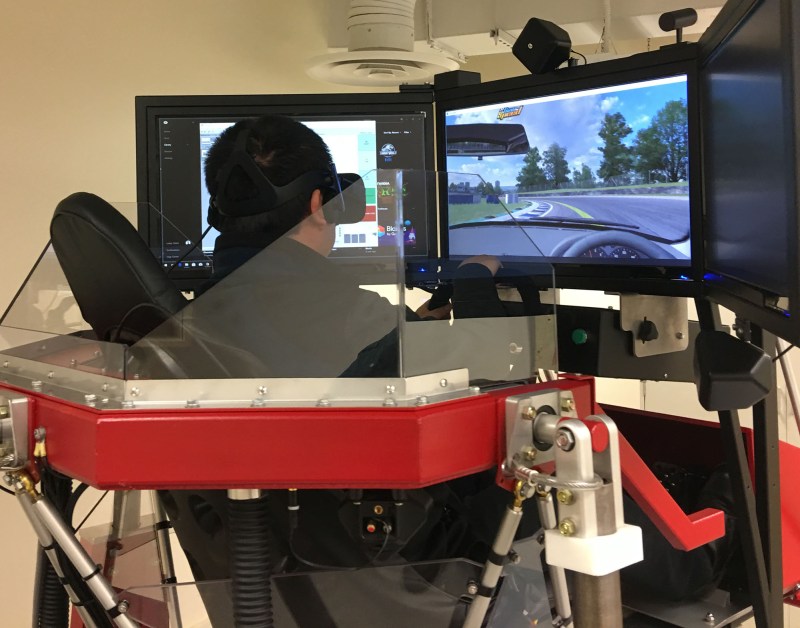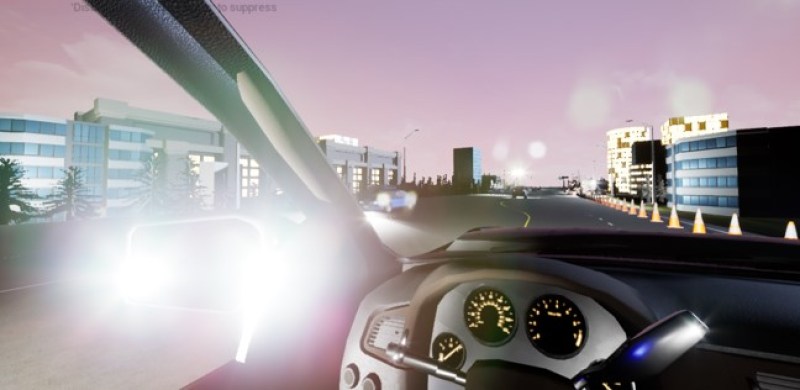Eye-Tracking for Drivers’ Visual Behavior
Impacts of Work Zone Traffic Signage Devices and Environment Complexity on Drivers’ Visual Behavior and Workers Safety.


Ph.D student: Adebisi, Adekunle. CEAS – Civil & Arch Eng & Const Mgmt
Undergraduate student: Nathan Deininger,
Faculty. Ming Tang
The objective of this study is to investigate the safety of roadway workers under varying environmental and work zone conditions. To achieve the objectives, a driving simulator-based experiment is proposed to evaluate drivers’ visual attention under various work zone scenarios using eye-tracking technologies.
Grant.
- Using Eye- Tracking to Study the Effectiveness of Visual Communication. UHP Discovery funding. University Honor Program. UC. $5,000. Faculty advisor. 2021.
- Adekunle Adebisi (Ph.D student at the College of Engineering and Applied Science) applied and received a $3,200 Emerging Fellowship Award By Academic Advisory Council for Signage Research and Education (AACSRE).






























